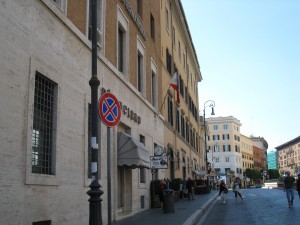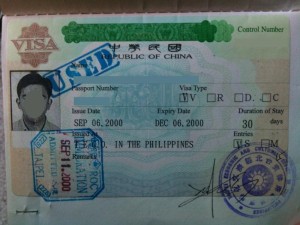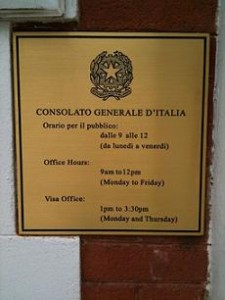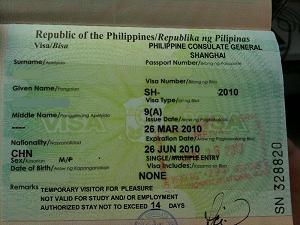Part of this post can also be found on Yelp.com
Clarita’s is a Filipino’s Filipino restaurant. A place that Filipinos themselves frequent.
It’s not much to look at. But for a first-generation Filipino immigrant, it’s just what you look for because it’s reminiscent of the kinds of restaurants that you frequented when you were still back home — albeit nicer. No frills, spartan, let’s it’s dishes speak for themselves. When my older brother, by then a 12-year New Jersey resident, visited the other year, I first took him to my other favorite restaurants to include Patio Filipino up north in San Mateo. But when I took him to Clarita’s, he said “This is more like it!!! Everyday food”.
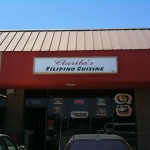 |
The restaurant offers a pre-defined selection of Filipino favorites. It also shows why a fair number of us have cholesterol issues. But heck, we expire happy.
The food is laid out in serving trays for ease of selection. Even a stranger to Filipino cuisine can assemble his/her lunch tray by simply pointing to what looks good. Although quite a few patrons are non-Filipinos, the bulk are still from the restaurant’s country of origin.
My personal artery-clogging favorites in the restaurant are: Pork Adobo, Grilled Pork, and Beef steak. A meat-lover can’t go wrong with these dishes.
Pork Adobo is a slow-cooked stew that takes a few hours to prepare. Typically the pork is marinated in a mix of soy sauce and vinegar, but practically every region in the Philippines has its own way of preparing this dish. Clarita’s is arguably a Central Luzon variant with additional ingredients that are characteristic of the region — as evidenced by its appetizing color.
Grilled pork (Inihaw na Baboy) is another popular Filipino dish. But sadly, this is not available every day. If you visit on a day that doesn’t have it, ask for the month’s schedule so that you can time your next visit better.
Beef steak is another soy sauce heavy stew. Thin cuts of beef immersed in a chocolate-brown colored sauce. Don’t forget to mix the sauce with your rice to transform it into a mouth watering congee.
The above three are my mainstays that form at least one of the two dishes that I usually get when I’m there. The second is reserved for periodic specials . . . that I will leave for you to discover on your own.
How to get here
You can find the restaurant at the Fair Oaks Mall along E Duane Ave.

